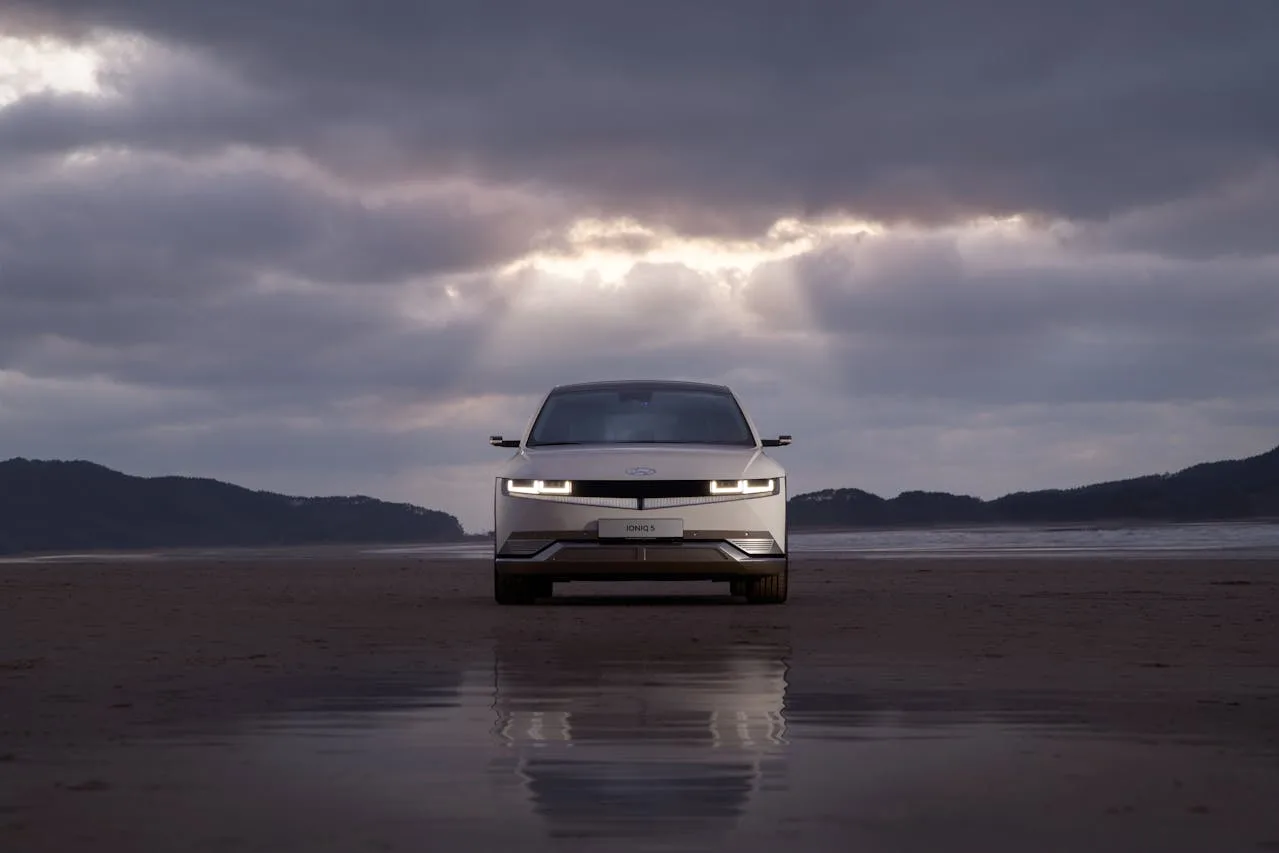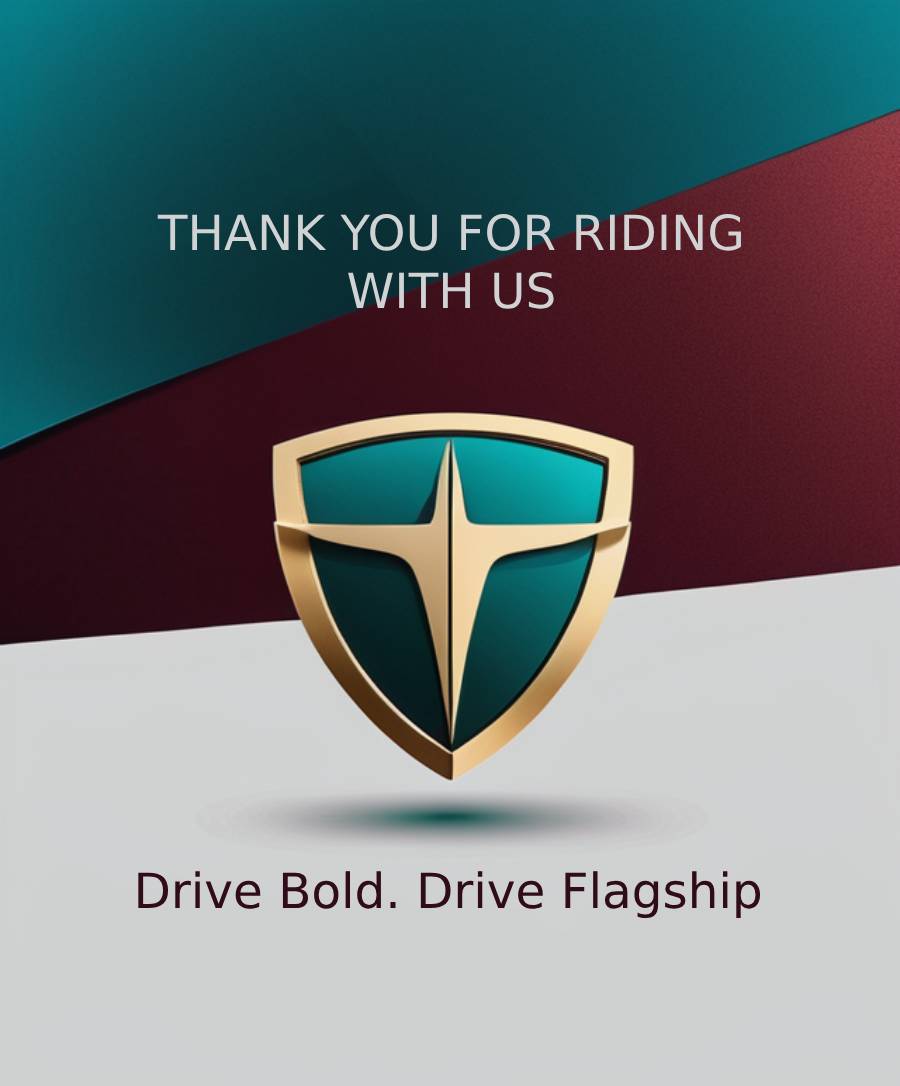Your cart is currently empty!

An Ultimate Guide to Preparing Your Electric Car for a Road Trip
Most people are skeptical about the idea of going on a cross-country road trip in an electric vehicle. Their main concern is the same: “What if my runs out of power and there’s no charging station nearby?” But unlike the common misconceptions, electric cars are more road trip-worthy than you may assume. in addition to being more efficient than ICEs, electric cars are just as good as ICE vehicles when it comes to travel. But just as you need a preparation checklist when road trip in ICE cars, electric car road trips need a lot of preparation. Planning an electric road trip goes beyond charging up. There’s so much involved. Ultimately, you want to make sure your EV travel is fun and stress-free. That’s why we’re here. This comprehensive guide covers the essentials of preparing your electric car for an electrifying road trip adventure.
Road trips are one of our activities. They are the perfect way to spend a holiday. The best part about hitting the open road is that every season is road trip season. When it comes to road trips, almost any type of vehicle fits. You can pick SUVs and Minivans if you’re traveling with the family. If you want a more stylish and open-air adventure, you can pick summertime road trip-worthy convertibles. The only limit is your imagination. As electric cars continue becoming part of our daily lives, we’re also starting to bring them along on our road trip adventures.
From understanding battery capacity to optimizing charging strategies, here’s Flagship Drive’s ultimate electric car road trip preparation checklist.
1. Know Your Battery Capacity And Driving Range
Driving range is among the most important factors of an electric car. Understanding your electric car’s battery capacity and range is crucial for a smooth road trip. The battery capacity refers to the amount of energy your electric car can store. It’s usually measured in kilowatt-hours (kWh). The range is simply defined as the distance your electric car can travel on a single charge. The rule of thumb here is that a higher capacity generally means a more extended range. Some cars can travel further than others. The Tesla Model X, for instance, has a driving range of 335 miles, which is fine for a day-long drive before recharging. On the other hand, the Audi E-Tron can travel up to 222 miles, which is less, but still plenty nonetheless. When it comes to electric cars with the longest ranges, the Lucid Air takes the cake, with up to 427 miles.
Once you know your range, especially when preparing your car for your electric car road trip, you’ll know how far you’ll go before you need to recharge. How will find out your electric car’s driving range? Information about a car’s battery capacity and range is available in your car’s manual or on the manufacturer’s website. In the next points below, we will talk about how you can optimize your electric car’s driving range.
2. Know Charging Speed
One of the most important long-distance EV travel tips to know is the charging speed. Charging speed refers to how quickly your electric vehicle can replenish its battery. And just like the battery capacity, your EV’s charging speed is measured in kilowatts (kW). There are two ways to go about it: you can get a fast-charging electric car or choose to recharge at fast-chargers. We’ll discuss both. The market is filled with some of the fastest-charging electric cars that you can buy. The fastest-charging EV in 2024 is the IONIQ 5, which can charge at a staggering 225kW. The battery goes from zero to 80 percent in less than 20 minutes, making it perfect for an electric car road trip.
Different charging stations offer varying speeds. If similar to almost 80% of electric vehicle (EV) drivers, you’re accustomed to charging your EV at home overnight, using DC fast charging on the go might feel like a new adventure. DC fast charging is a speedy way to recharge, but it can also come with a hefty price tag. The crucial reality is that public charging infrastructure still has a long way to go.
You should spend more time on the road and less time at a charging station. That’s why you should familiarize yourself with the charging infrastructure along the road you intend to drive on (we’ll also get to route planning in a bit). You can find High-power chargers at dedicated charging stations. These are the ones that are essential for efficient and Long-distance EV travel.
3. Monitor Battery Health
For a more enjoyable road journey, you must monitor the general condition of the battery in your electric vehicle. Why is EV battery management very crucial? The battery is your electric vehicle’s heart and has an impact on your car’s performance. Regularly check your EV’s dashboard or the manufacturer’s app for battery health indicators. Last year, we evaluated the different apps that manufacturers and third-party developers make to assist you in keeping an eye on your EV’s battery. We found out that apps are made differently. Some apps offer more performance and health information than others. However, all apps are useful.
Whichever electric car battery monitoring app you decide to use will contain the basic info to help you prepare for your electric car road trip. In the mobile apps, look out for any unusual degradation or sudden drops in capacity. If your electric car offers a battery health report, make it a habit to review it periodically. Additionally, ensure your car receives regular maintenance check-ups as part of the overall health assessment. A healthy battery contributes to optimal range and performance, making your electric road trip worry-free.
4. Plan Your Route Strategically
As you prepare for your electric road trip, make sure you plan your routes carefully. Remember that you’ll be in an electric car (big emphasis on ELECTRIC), so you need strategic route planning. Flagship Drive has a dedicated route planner tool to help you plan your road trips. With our tool, you’ll get an approximate distance and estimated energy consumption. Our app uses Google Maps and plans your route for you. It’s the perfect electric car range anxiety solution.
During this route planning phase, first, identify and plot the locations of available charging stations along your chosen route. Here, you can anticipate your charging needs and avoid unnecessary detours in search of stations. I had a friend who, due to lack of planning, had to drive back 100 miles just to recharge his Tesla Model S. Also, when planning, search for alternative routes that also feature charging options. This way, if you encounter things like road damage or unexpected detours, you’re safe. But of course, a backup generator is a wise option, although it adds extra weight that affects your car’s driving range in the first place. But. we’ll get to the weight factor in a bit.
Additionally, consider destinations with charging options at your final stop. Hotels, attractions, and shopping centers increasingly offer charge stations, allowing you to recharge your electric car while enjoying your destination. Use online maps to find these spots.
5. Regular Software Updates
Always make sure your EV hasn’t missed an update. These updates from manufacturers often include enhancements related to EV battery management, energy efficiency, and overall system performance. You can check for these latest software updates and improvements from your manufacturer’s official website or by subscribing to notifications. These updates can address potential issues. They also introduce features that can enhance your driving experience. The update I have always loved was the Tesla Summon feature.
Keeping your electric car’s software updated will give you noticeable improvements in efficiency, safety, and overall reliability.
6. Charge Your Car Effectively
Once you’ve recognized the battery capacity and charging range, it’s time to charge your battery. This should ensure that you have a successful road trip. Start by charging your car to full capacity before embarking on your journey. This way, you have the maximum range and you won’t need frequent charging stops.
Also, there’s something EV owners recognize as optimal charging times. Described simply, some charging stations offer faster speeds during off-peak hours. Charging during such hours allows you to top up your battery more quickly. Take advantage of these optimal times to minimize downtime on your road trip.
Partial charging preserves the battery life. Frequent deep discharges often lead to wear and tear on the battery, while partial charging helps maintain its longevity.
7. Pack Essential Charging Accessories
When gearing up for your electric road trip, make sure to pack the right charging accessories. Different EVs come with different charging cables, and fewer are interchangeable than you may think. So ensure you have the necessary charging cables that are compatible with different charging stations. Different networks and locations may require specific cable types, so having a versatile set ensures you’re well-prepared for any charging scenario.
Carry adapters for various types of charging outlets to maximize compatibility. Charging stations may feature different plug types, and having the right adapters ensures you can connect to any available charging infrastructure.
Additionally, include an extension cord in your charging toolkit. With these essential accessories on hand, you’ll be well-equipped to handle any charging situation.
8. Utilize Smart Navigation Apps
Leveraging smart navigation apps is a game-changer for optimizing your electric road trip. Explore the efficiency of EV-friendly navigation apps that go beyond traditional GPS.
These apps provide real-time information on charging stations, routes, and even your electric car’s battery status. Stay ahead of potential obstacles by integrating traffic and weather updates into your journey planning.
Additionally, real-time charging updates through dedicated apps empower you to find available charging stations on your route promptly.
9. Manage Range Anxiety:
Range anxiety is real. It is defined as the feeling that your car might not reach your destination. This often occurs when you don’t have much knowledge about your car’s battery capacity, charging capabilities or driving range.
The only way to overcome range anxiety is to know your car’s capabilities. Familiarize yourself with your electric car’s range, considering factors like terrain and weather that may impact it.
To reduce concerns, organize breaks to coincide with recharge stops. Planning breaks guarantees that you take full advantage of the charging infrastructure. And you can do this while you enjoy the break.
Consider including a range buffer in case of unexpected delays or detours on your travel.
10. Be Weather-Prepared
A good electric road trip requires being weather-prepared since this will ensure that you can drive through a variety of circumstances with ease.
First, learn how temperature affects your electric car’s range. As an electric car owner, you should be aware that cold weather lowers battery efficiency. Extreme heat, however, has an impact on overall performance.
Your electric car prefers a more balanced temperature. We recommend using weather applications (any type that provides real-time information) to plan your trip around severe weather.
11. Know The Factors That Affect Driving Range
As an EV owner, you should understand the factors that influence your electric car’s driving range. And there are a lot of them. Aspects like wind, preparation, driving style, air conditioning, tire condition, pressure, load, and topography affect driving range in many ways. Let’s get into these one by one. Wind resistance can impact efficiency, especially during high-speed driving. Rapid acceleration or regenerative braking can significantly affect energy consumption.
Your EV’s air conditioning also consumes a lot of energy and can lead to a reduced driving range if not kept in check. You should balance comfort with energy conservation in this case. Regularly check the tire condition and maintain optimal pressure, as underinflated tires can decrease efficiency. Consider the load you’re carrying, as excess weight can reduce range. Lastly, be mindful of topography and road conditions, as uphill drives and rough terrains may impact energy consumption.
12. Optimize Driving Habits
While we’ve glossed over this point, let’s get into it a little bit more because driving habits are a key factor in EV energy consumption. The best part about electric cars is that they have leverage regenerative braking. The regenerative braking feature allows your electric car to recover energy during deceleration. This essentially extends your driving range.
You have to be very gentle with the acceleration and deceleration if you want to maximize the energy efficiency of your electric car. Don’t accelerate too rapidly, and keep your decelerations smooth.
13. Emergency Preparedness
We’ve talked about being prepared for the road and the adventure. While that’s important, you should also be prepared for unexpected situations if you have a stress-free electric road trip. The road is very unpredictable. Anything can happen at any time. The first thing you need to do here is to have a backup plan for emergency charging situations. This could involve carrying a portable charger. This is where the portable generator comes in. The fact that it’s portable means you can carry it with you everywhere. If you don’t have a portable generator, identify alternative charging options along your route.
Most importantly, subscribe to electric vehicle roadside assistance services. Many providers offer specialized assistance for electric cars. In case of a breakdown, they can assist you with a portable charger, or tow you. Although, the last thing you want in your road trip is to be towed. Beyond charging concerns, keep a well-equipped emergency kit in your car. This kit should include basic tools, a first aid kit, and essential items for unforeseen circumstances.
14. Maintenance Tips
Car maintenance is among the most important aspects of electric vehicle car care. In this case, make sure your car is properly maintained before taking the road trip. Also, we recommend getting your car inspected. Start by regularly checking your tires and making sure there is an optimal tire pressure. All the fluids should be at good levels, and replaced if contaminated. If it was an ICE, we’d be talking about changing your car’s oil or replacing spark plugs. In our case though, make sure every part of your EV looks and feels right.
Additionally, follow the recommended maintenance schedule for your electric vehicle. This includes routine check-ups, the software updates we talked about, and any manufacturer-recommended services.
15. Carry Paperwork: License ID proof, Car Documents, Insurance
The last entry in our electric car rod trip preparation checklist is something that applies to all vehicles: Paperwork. Forgetting paperwork is one of the common mistakes that roadtrippers make. When preparing, make sure you have all essential documentation on hand. Having soft copies also helps.
Don’t forget to carry your valid driver’s license as mandatory proof of your ability to operate the vehicle. Alongside your license, ensure you have a government-issued ID for identification purposes during your journey.
Equally important are your car documents, including the registration and ownership papers. These documents are essential if you encounter any legal or administrative situations during your road trip.
And while we’re on the subject, never embark on a journey without verifying that your car insurance is up to date. Go through the paperwork or check online. Confirm coverage details, and policy validity, and keep a digital or physical copy of your insurance documents easily accessible.
Author Details

Our Team
Hi there! Welcome to Flagship Drive.
I’m Wilfred Nkhwazi, a passionate car lover from Africa. I created this platform to share expert insights, honest reviews, and a fresh perspective on the latest cars and automotive trends. Let’s hit the road together.
Advertisement

Recent News

